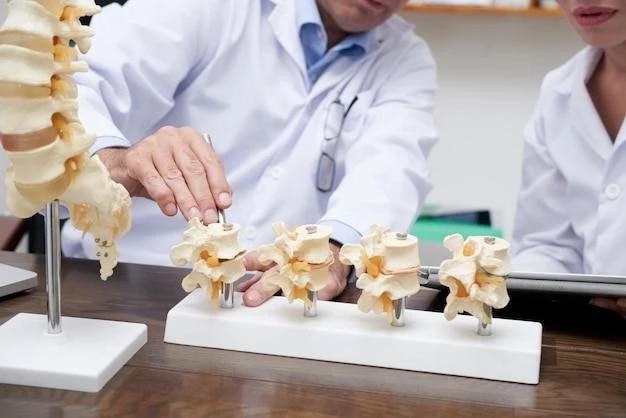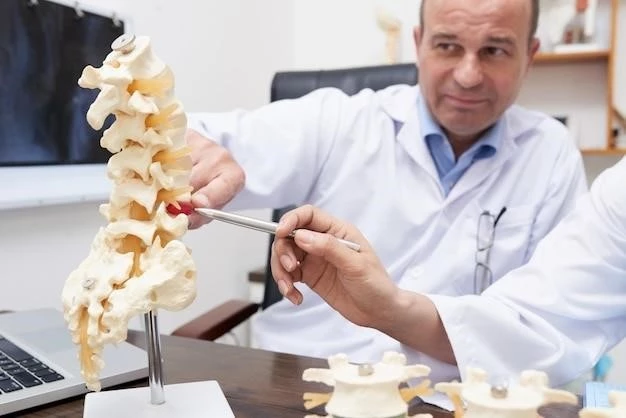Overview of Congenital Benign Spinal Muscular Atrophy Dominant
Understanding the condition and its impact
Congenital Benign Spinal Muscular Atrophy Dominant is a rare genetic disorder that affects the motor neurons in the spinal cord. This condition typically presents with muscle weakness, hypotonia, and delayed motor development. Individuals may experience difficulties with motor skills and muscle control. The impact of this condition can vary from mild to severe, influencing daily activities and quality of life. Understanding the genetic basis and neurological implications of Congenital Benign Spinal Muscular Atrophy Dominant is crucial for effective management and support for affected individuals and their families.
Symptoms and Signs of Congenital Benign Spinal Muscular Atrophy Dominant
Identifying common manifestations
The symptoms of Congenital Benign Spinal Muscular Atrophy Dominant typically include muscle weakness, hypotonia, impaired motor skills, and delayed motor development. Individuals may exhibit difficulties with activities such as sitting, crawling, and walking. Other signs can involve muscle tremors, fasciculations, and respiratory challenges. Recognizing these common manifestations is essential for early detection and appropriate management strategies. Regular medical evaluation and monitoring can help track the progression of the condition and tailor interventions to improve the individual’s well-being.
Causes and Risk Factors of Congenital Benign Spinal Muscular Atrophy Dominant
Exploring the underlying reasons and potential triggers
Congenital Benign Spinal Muscular Atrophy Dominant is primarily caused by mutations in specific genes related to motor neuron function. These genetic alterations can disrupt the development and maintenance of motor neurons, leading to muscle weakness and other symptoms. While the exact triggers remain under investigation, researchers are studying how these gene mutations affect motor neuron connectivity and function. Understanding the underlying reasons behind this condition is crucial for developing targeted therapies and interventions that can improve outcomes for individuals affected by Congenital Benign Spinal Muscular Atrophy Dominant.
Diagnosis and Testing for Congenital Benign Spinal Muscular Atrophy Dominant
Methods used to confirm the condition
Diagnosing Congenital Benign Spinal Muscular Atrophy Dominant involves a combination of genetic testing, neurological exams, muscle biopsies, and imaging studies. Genetic testing plays a key role in identifying specific gene mutations associated with the condition. Neurological evaluations assess muscle strength, reflexes, and coordination, while muscle biopsies can reveal abnormalities in muscle tissue. Imaging techniques such as MRI help visualize spinal cord and muscle structures. A comprehensive diagnostic approach is crucial for confirming Congenital Benign Spinal Muscular Atrophy Dominant and initiating appropriate management strategies tailored to the individual’s needs.
Treatment Options for Congenital Benign Spinal Muscular Atrophy Dominant
Approaches to managing the symptoms and improving quality of life
Managing Congenital Benign Spinal Muscular Atrophy Dominant focuses on physical therapy, occupational therapy, assistive devices, and respiratory support. Physical therapy aims to maintain muscle strength and mobility, while occupational therapy addresses daily living skills. Assistive devices like braces or wheelchairs can enhance independence. Respiratory support may be necessary in advanced cases. Additionally, regular monitoring and multidisciplinary care help optimize quality of life for individuals with Congenital Benign Spinal Muscular Atrophy Dominant.
Prognosis and Outlook for Congenital Benign Spinal Muscular Atrophy Dominant
Understanding the expected course of the condition
Congenital Benign Spinal Muscular Atrophy Dominant typically shows a stable progression with varying severity of symptoms. While the condition is non-life-threatening, muscle weakness and motor impairments can impact daily activities. Early intervention and comprehensive care can help manage symptoms, slow disease progression, and improve overall quality of life. Ongoing research into innovative therapies and personalized treatment approaches offer hope for enhancing outcomes and supporting individuals affected by Congenital Benign Spinal Muscular Atrophy Dominant.

Research and Advances in Congenital Benign Spinal Muscular Atrophy Dominant
Current developments and future prospects
Researchers are exploring gene therapy, stem cell treatments, and precision medicine approaches for Congenital Benign Spinal Muscular Atrophy Dominant. Recent studies focus on understanding disease mechanisms at a cellular level to develop targeted interventions. Collaborative efforts between scientists, clinicians, and patient communities aim to accelerate progress in treatment advancements. With ongoing research and technological innovations, there is optimism for improved therapies and potentially even a cure in the future for individuals living with Congenital Benign Spinal Muscular Atrophy Dominant.
Support and Resources for Individuals with Congenital Benign Spinal Muscular Atrophy Dominant
Available assistance and community networks
Individuals with Congenital Benign Spinal Muscular Atrophy Dominant can access support from patient advocacy groups, specialized medical centers, and online forums. These resources provide valuable information, emotional support, and connections with others facing similar challenges. Community networks foster a sense of belonging and empowerment, offering a platform for individuals and families to share experiences, seek advice, and stay informed about the latest research and treatments. By engaging with supportive communities, individuals can enhance their well-being and navigate their journey with Congenital Benign Spinal Muscular Atrophy Dominant more effectively.
